This activity reminds me of when I was in elementary school and my teacher had just shown us how to make a 3-D hand drawing. Many of the lines in that art piece looked the same as this one. I chose this art piece since the shading and the pattern just look super cool.
Materials:
- Paper
- Crayons
- Sharpie
To start this activity, I divided the sheet of paper into six sections. I then went around in a circle creating an upside-down ‘U’ shape in each of the sections. In the video, it was pointed out that the more circular the lines are, the more 3-D the end result will look. Each ‘U’ has to connect at both ends, but it is not a spiral, to ensure this happened I went around each segment before moving onto the next (pictured below).
Afterwards, I began colouring. The colouring in this activity was a lot less challenging than I anticiapted. Looking at the drawing, it looks more complicated since there is a lot of shading. However, once I watched the video I noticed that all I needed to do was press hard on the crayon on the outside (near the lines), and softer towards the centre. The centre of each segment was left completely white, so that it looks more highlighted and 3-D.
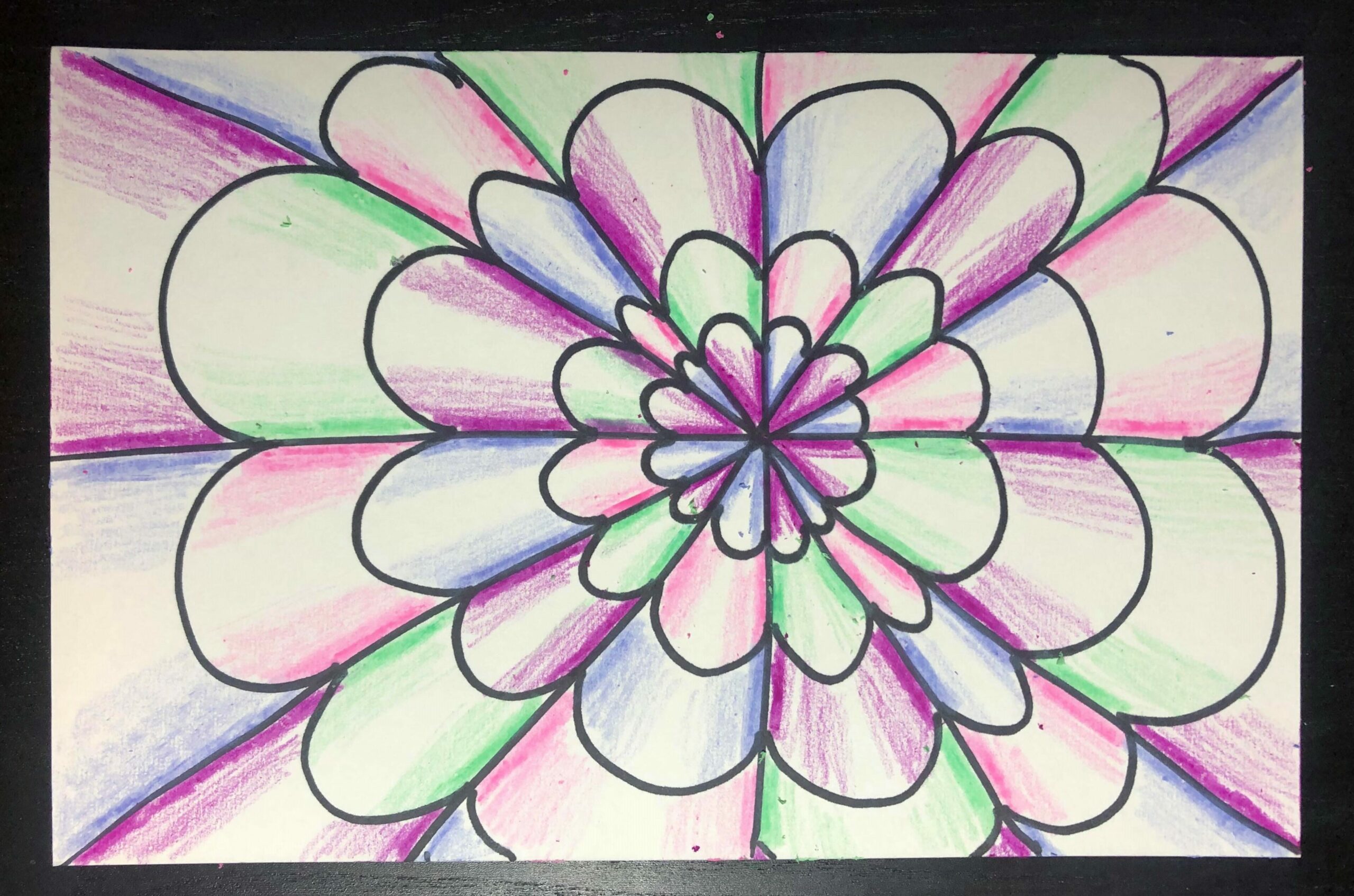
Pros:
- The colours and the shapes could be elaborated on in an art unit. Since there is both organic shapes and they are all coloured, students could pick a colour group and stick to those colours.
- Helps teach shading in a simple way. The shading was not hard to do in this activity since all I had to do was press hard in the edges and use a lighter touch towards the centre.
Cons:
- When you press hard on the crayons you risk breaking them. I broke the purple crayon while completing this activity; although it is not as bad as the scratch art.
I would definitely use this activity in a future classroom. There are practically no cons to doing this and the end result is great! It is really simple but looks complicated which I think the students will like. As I mentioned before, this activity could be used to cover colour or shape; however, it can also be used cross-curricularly in math by incorporating a lesson on patterns before starting.
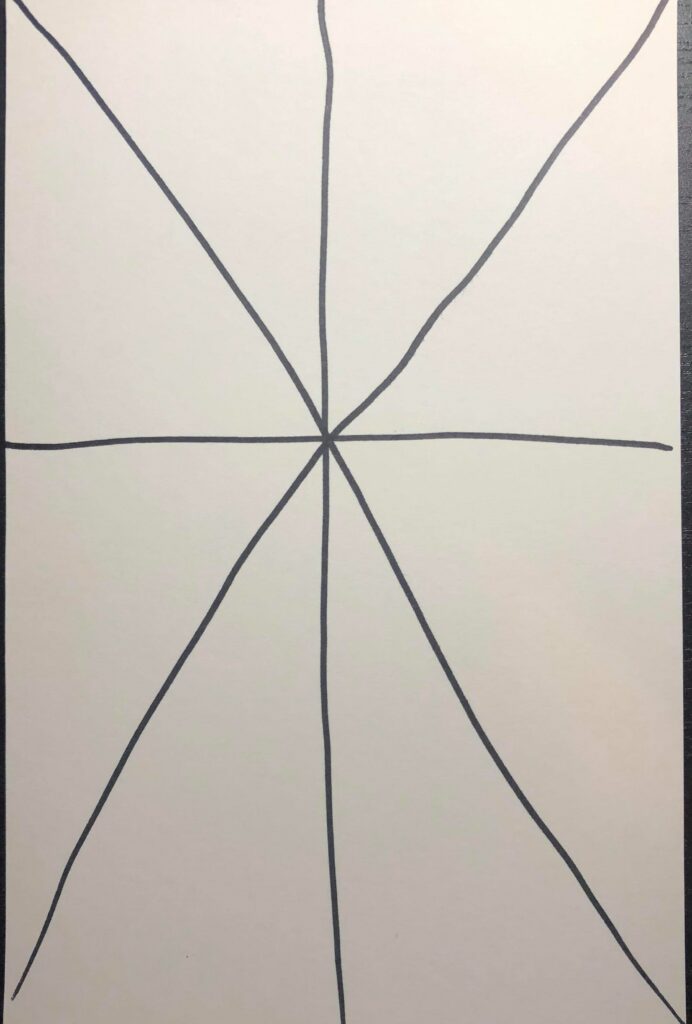
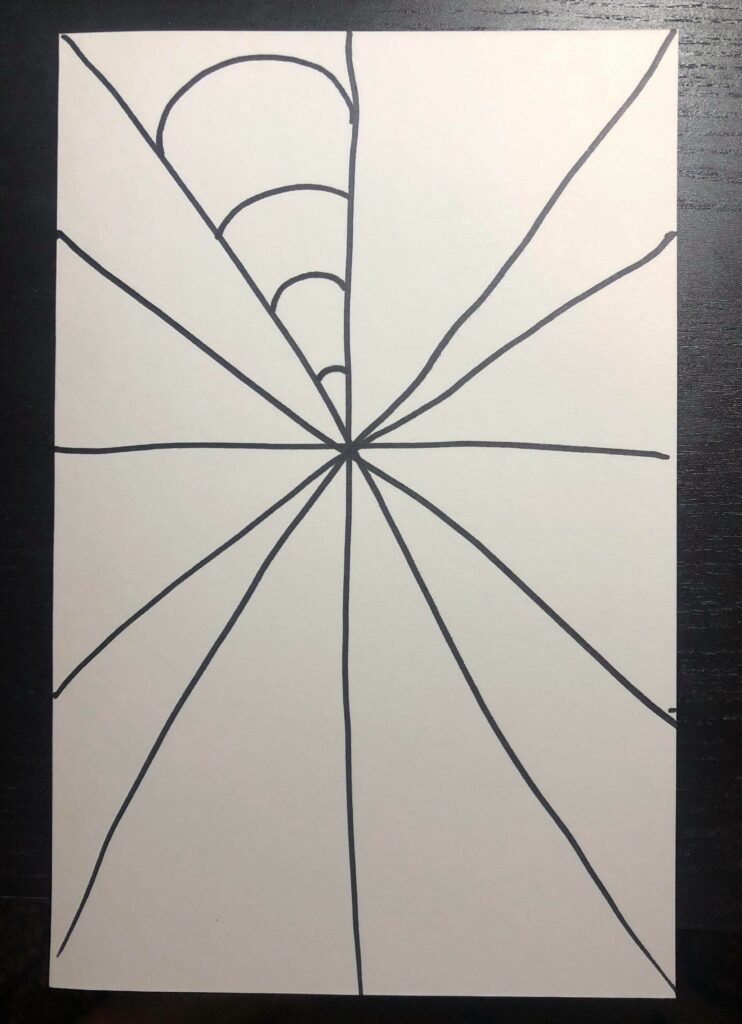
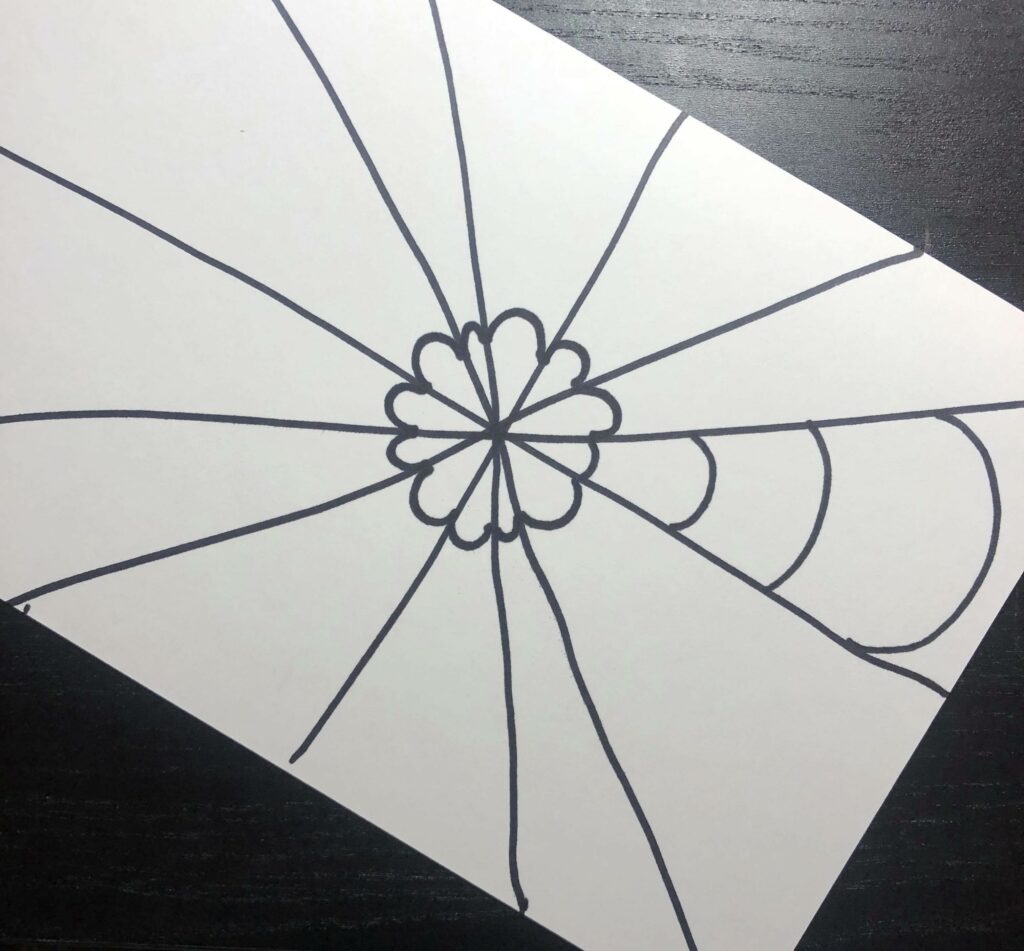
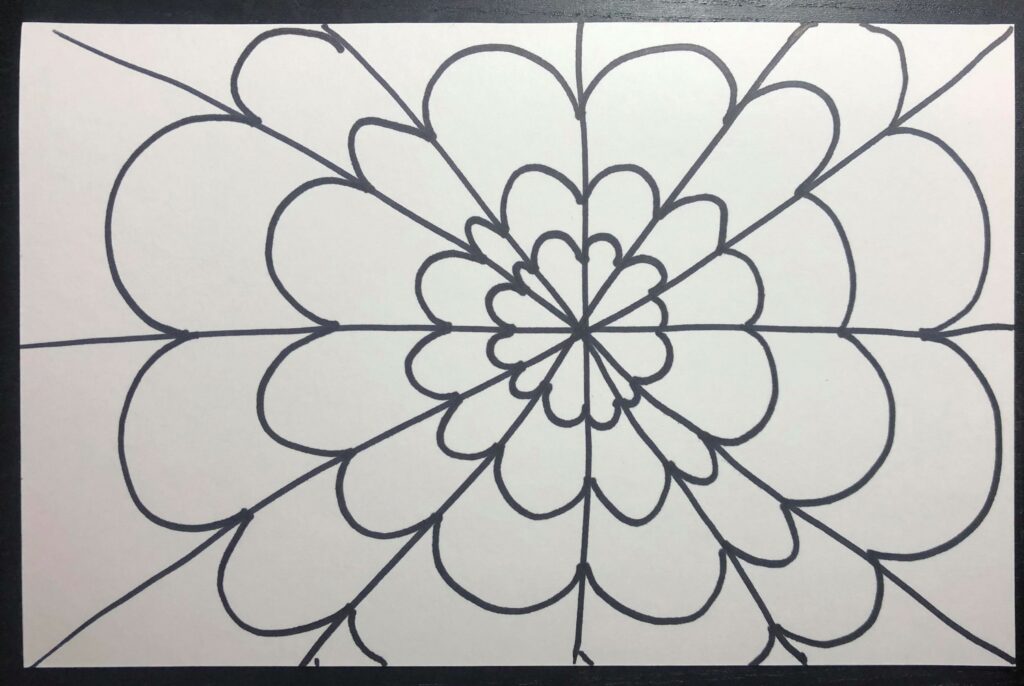
Leave a Reply